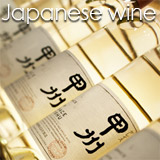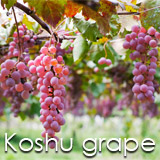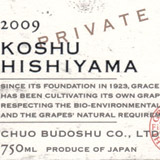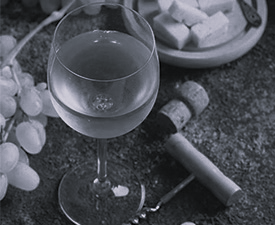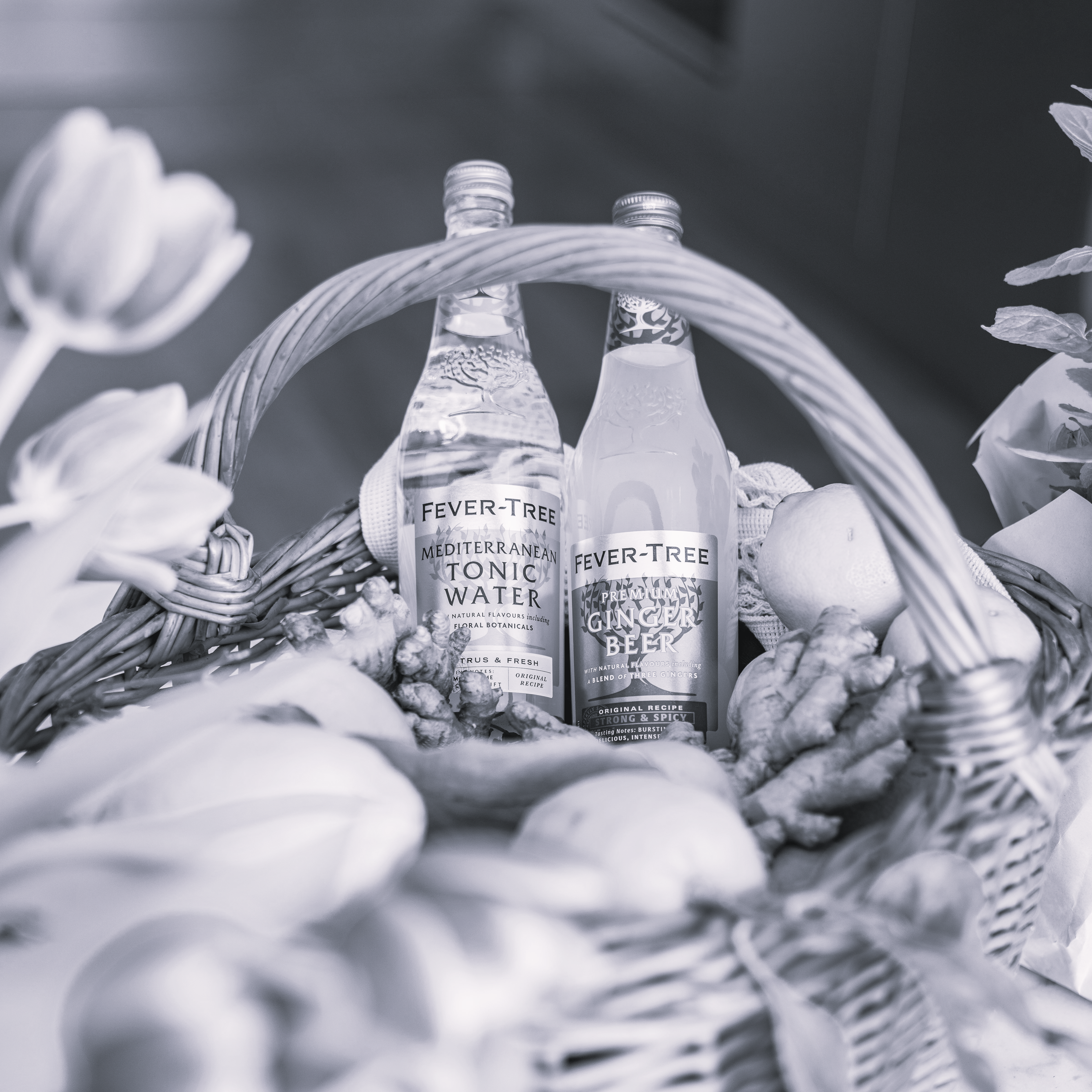Legend claims that grape-growing in Japan began in 718 AD, in Katsunuma, Yamanashi Prefecture. Wine may have been made from the Koshu grape variety indigenous to Japan - which has been known in Japan for over 1000 years - but the first documented case of regular wine consumption in Japan was in the 16th century, when the Jesuit missionaries arrived from Portugal.
Regular wine making began in Japan with the adoption of Western culture during the Meiji restoration in the second half of the 19th century, with the main regions of wine production are Hokkaido and Yamanashi Prefecture. It was not until after World War II that the scale of winemaking began to grow. However, in comparison to imported bulk juice and wine, domestic Japanese wine is still developing. For Japanese tastes, the astringency and acidity in wines were not accepted in the beginning and for a long time sugars such as honey were added to soften the flavour.
During the 1970s and 80s the skill level of wine making increased and vine plantings spread - with wineries producing quality wines using only pure domestic cultivation, and began to receive good reviews internationally.
After a diversification of Japanese food culture, and growing awareness of the beneficial effects of polyphenol (tannins), an understanding of real wine in recent years has come about, also a groundwork has been laid out by the promotion of high quality domestically produced wines.
To accommodate the differing climate in Japan varying canopy techniques are used. In areas of high humidity, such as Yamagata, an elevated canopy technique is used to keep the fruit about 2-3m above the ground to allow ventilation. In areas higher in the mountains, where good sunlight is at odds with the rough terrain, winemakers have planted their vines on steep hillsides both to receive maximum sunlight, as well as protect the vines against damage from heavy snowfall. Japanese vineyards are owned by mostly independent growers (approx 80,000), which gave rise to co-operatives.
